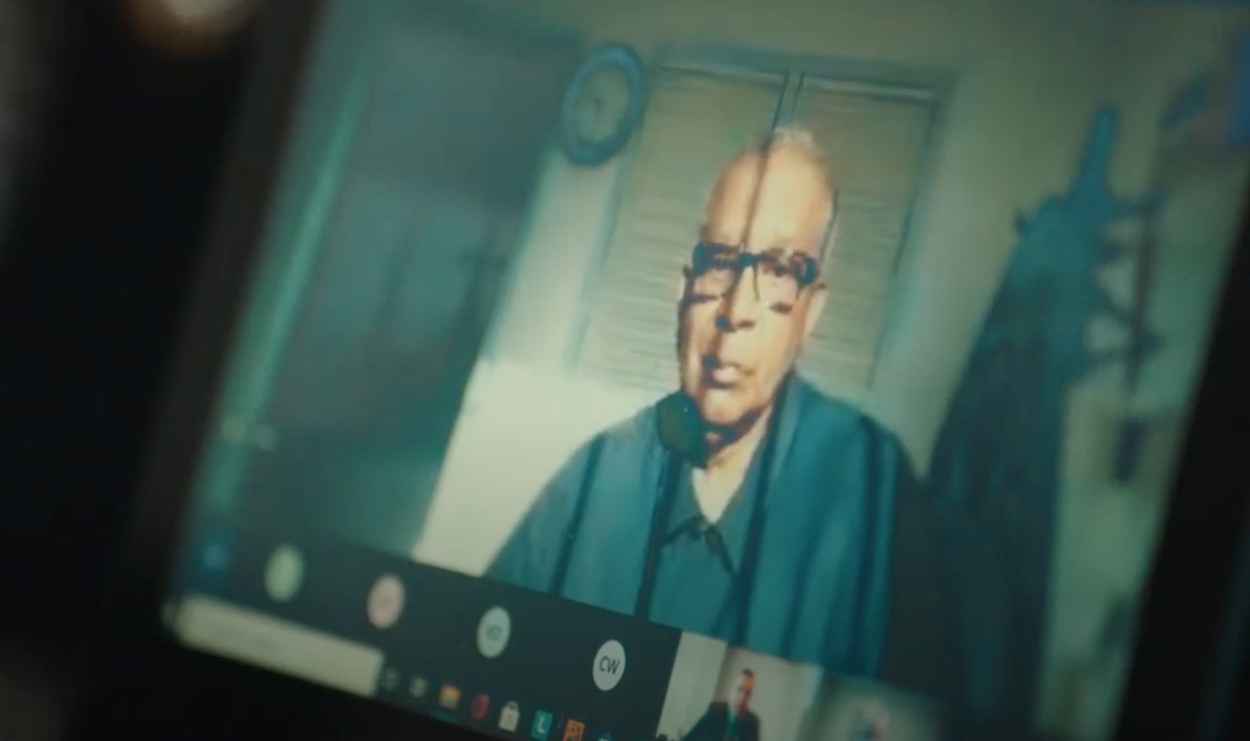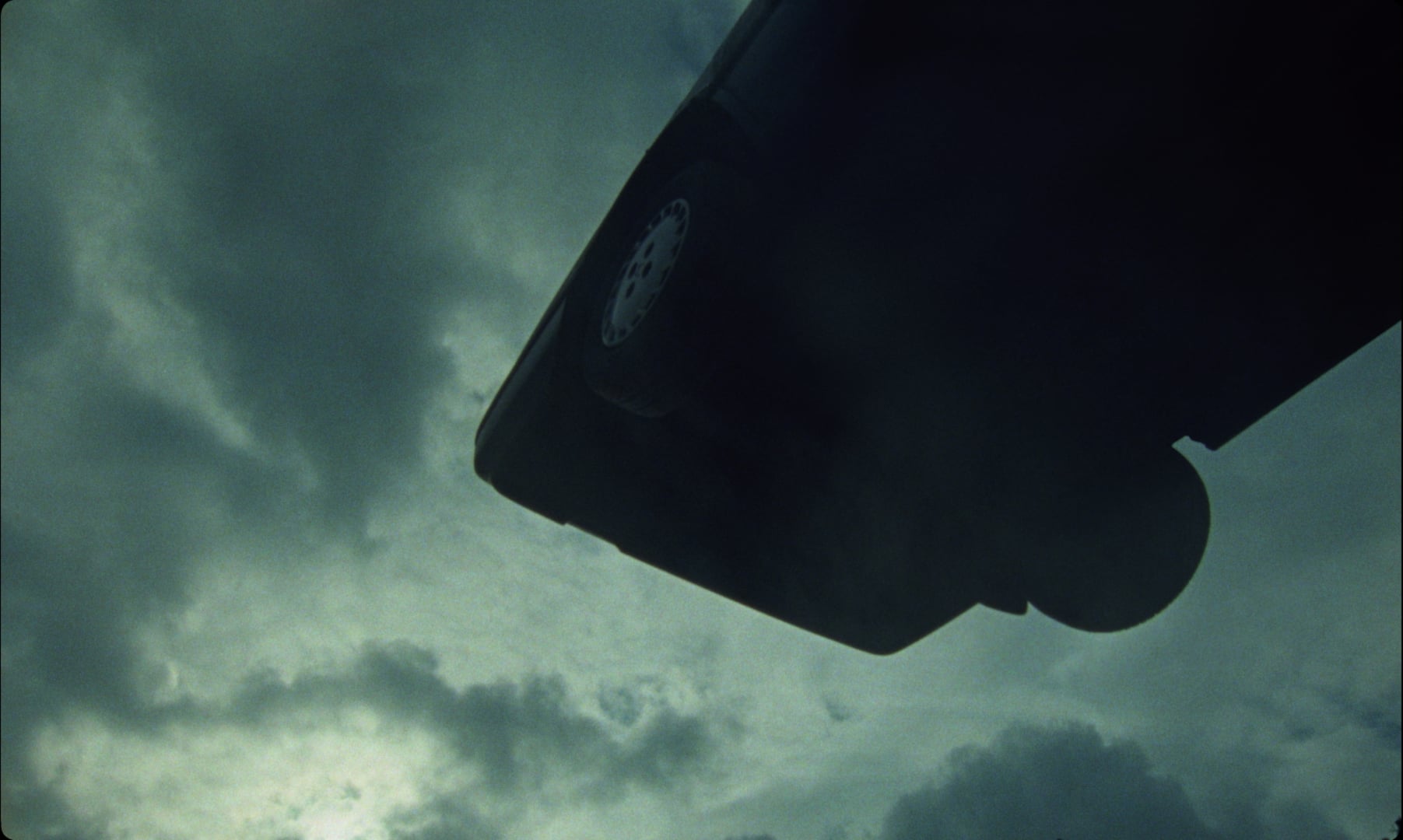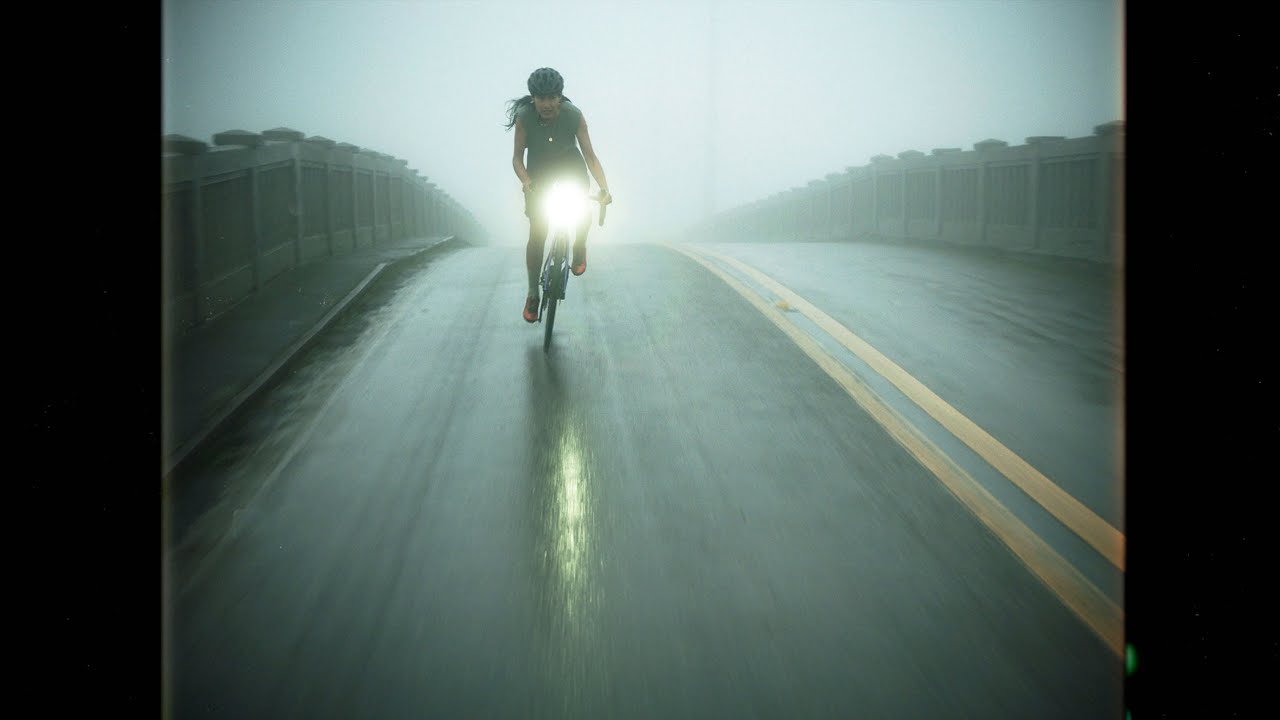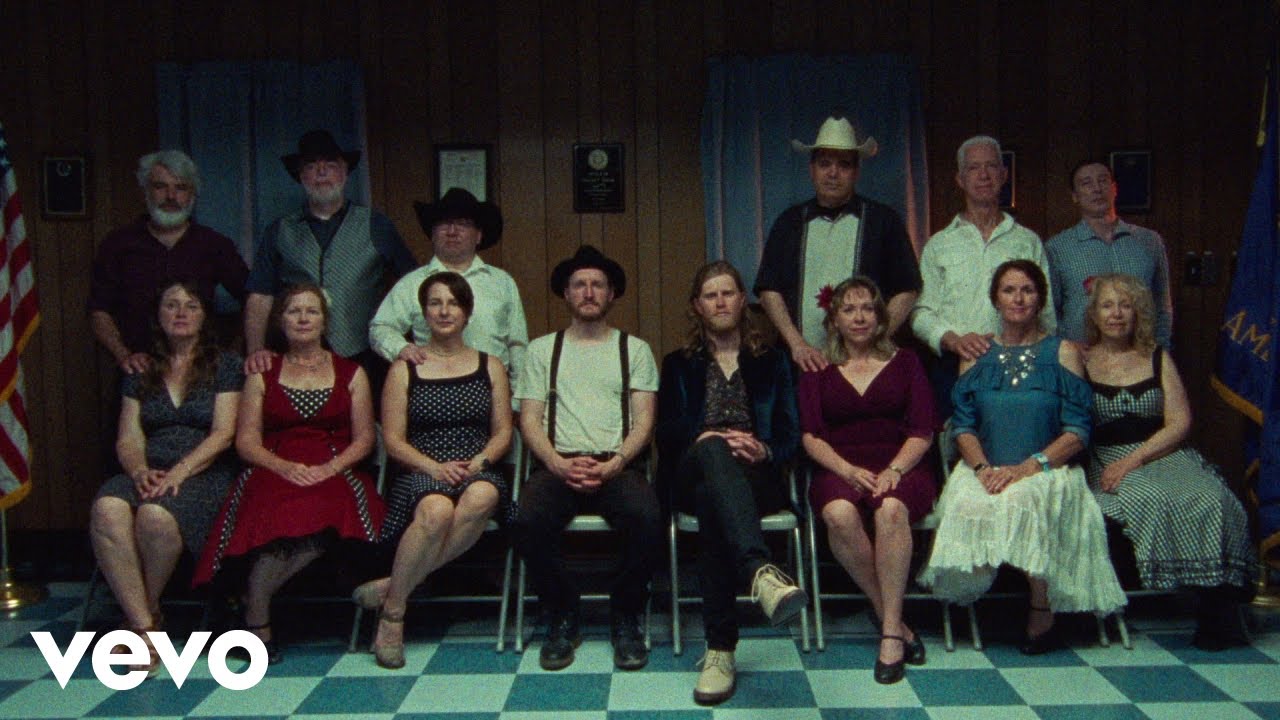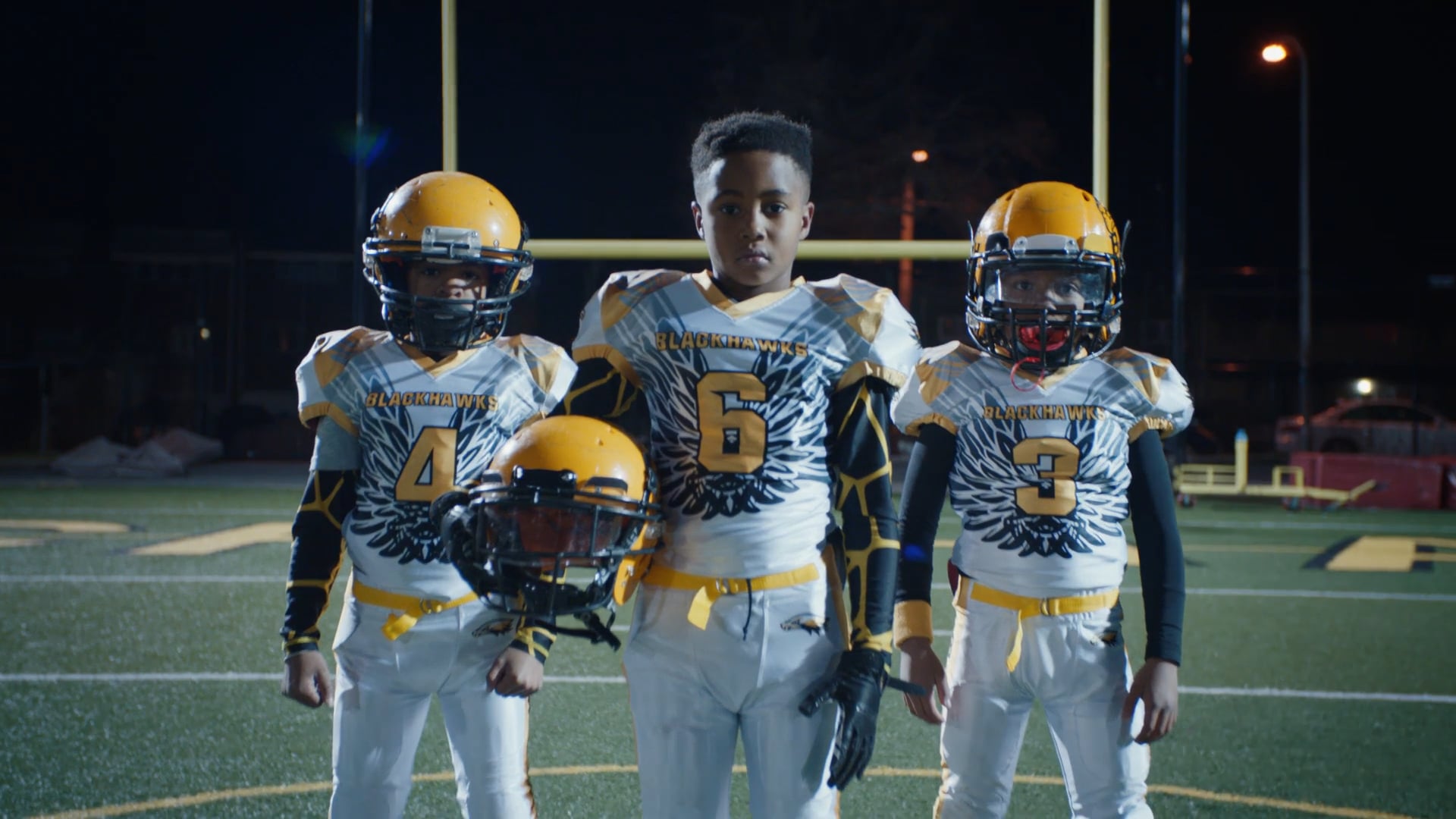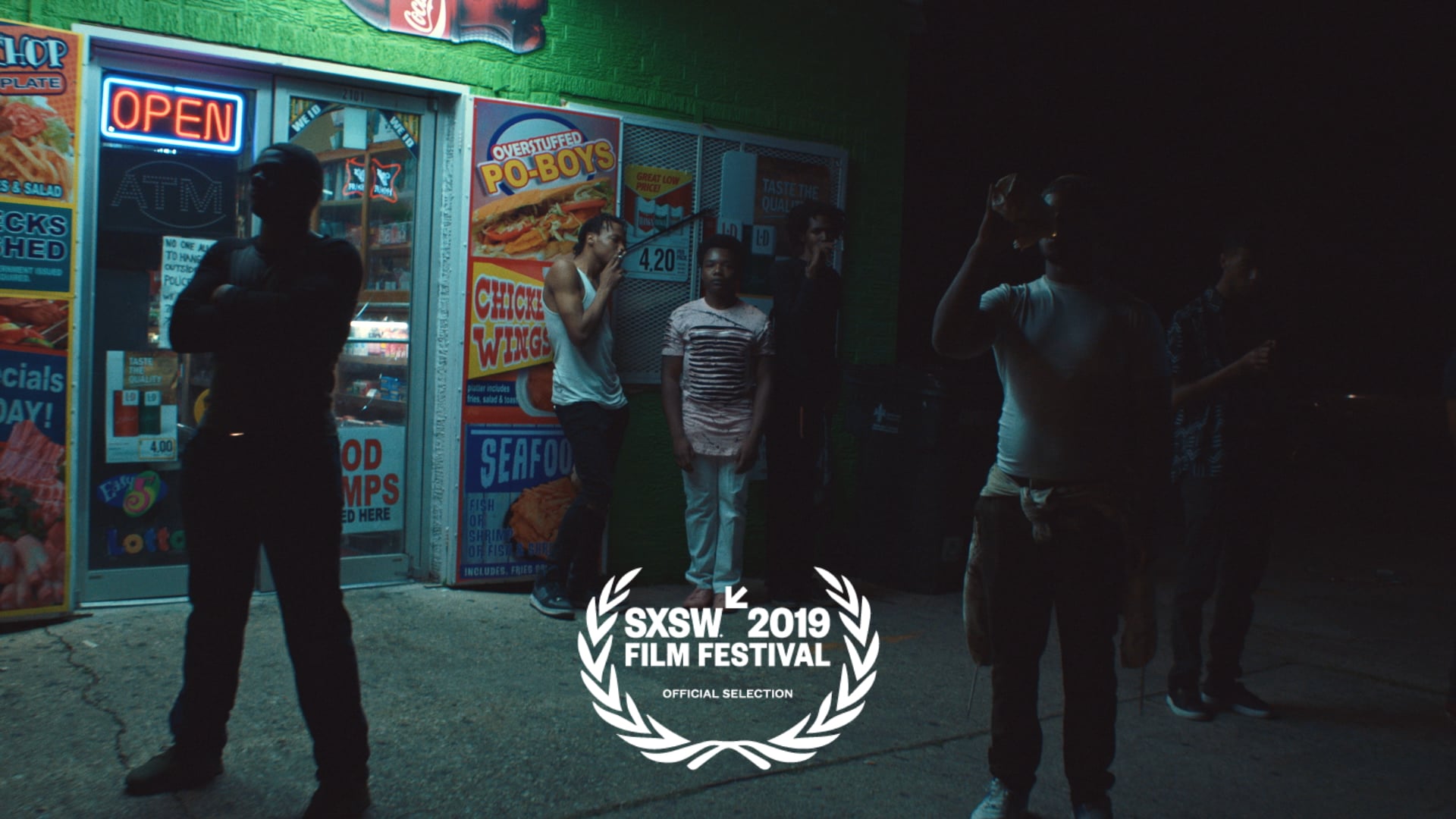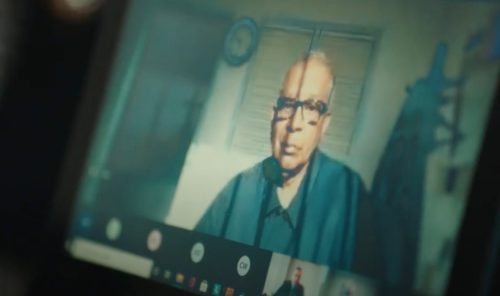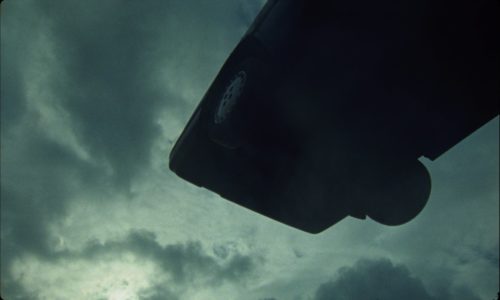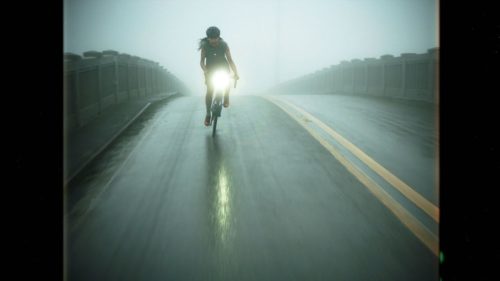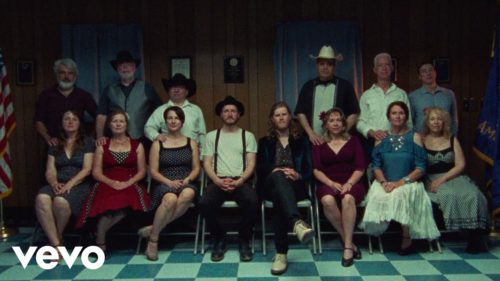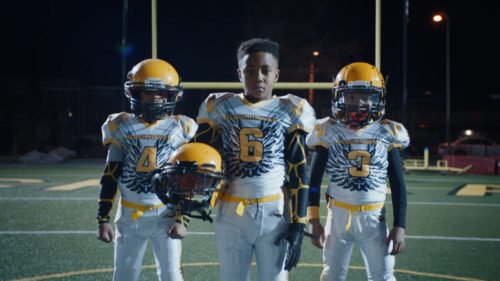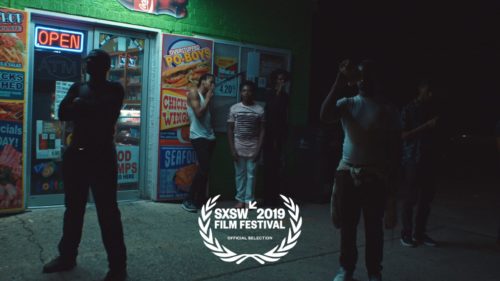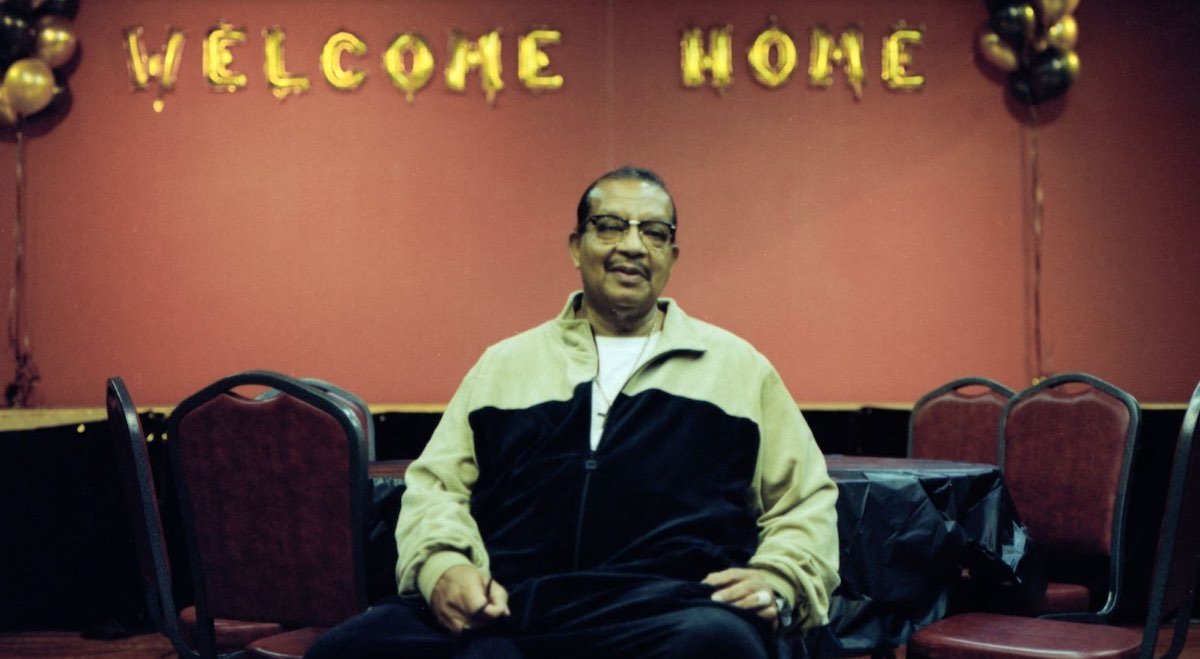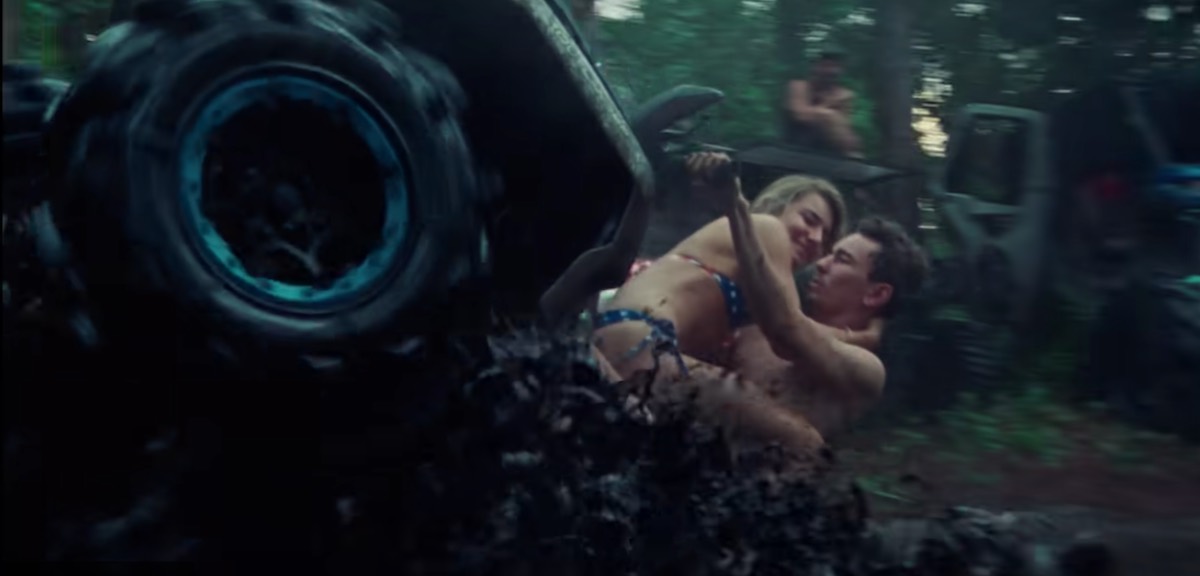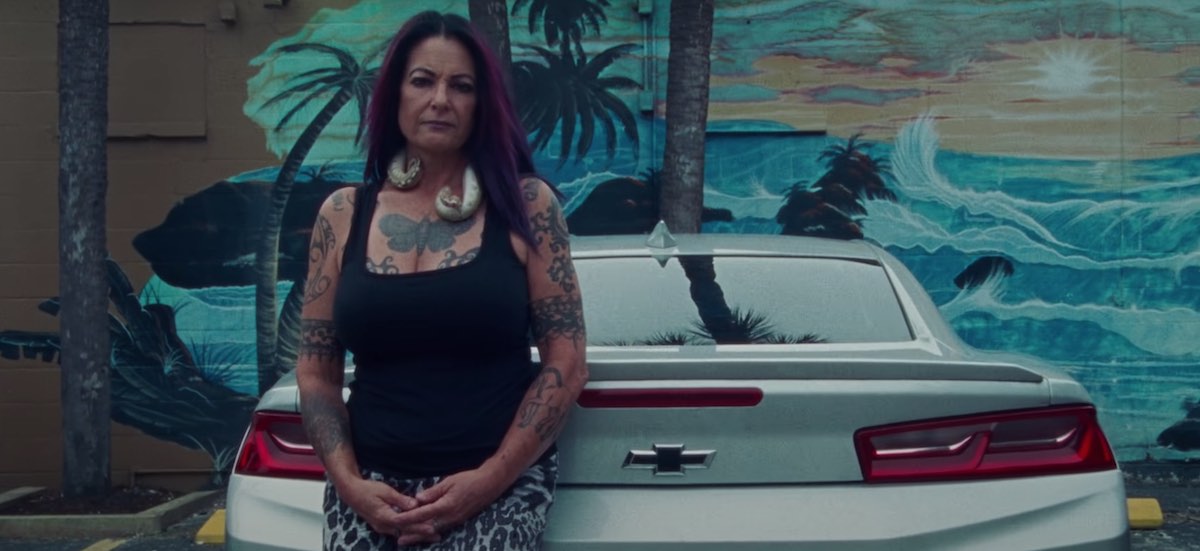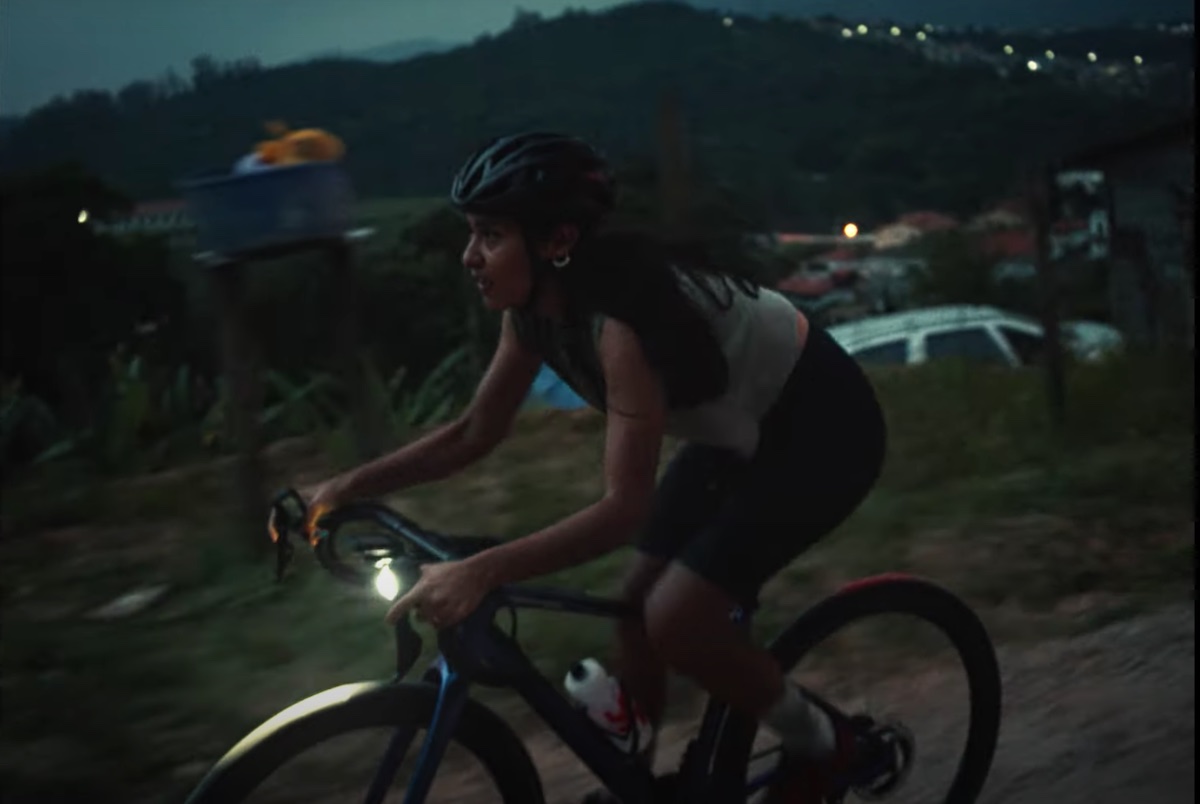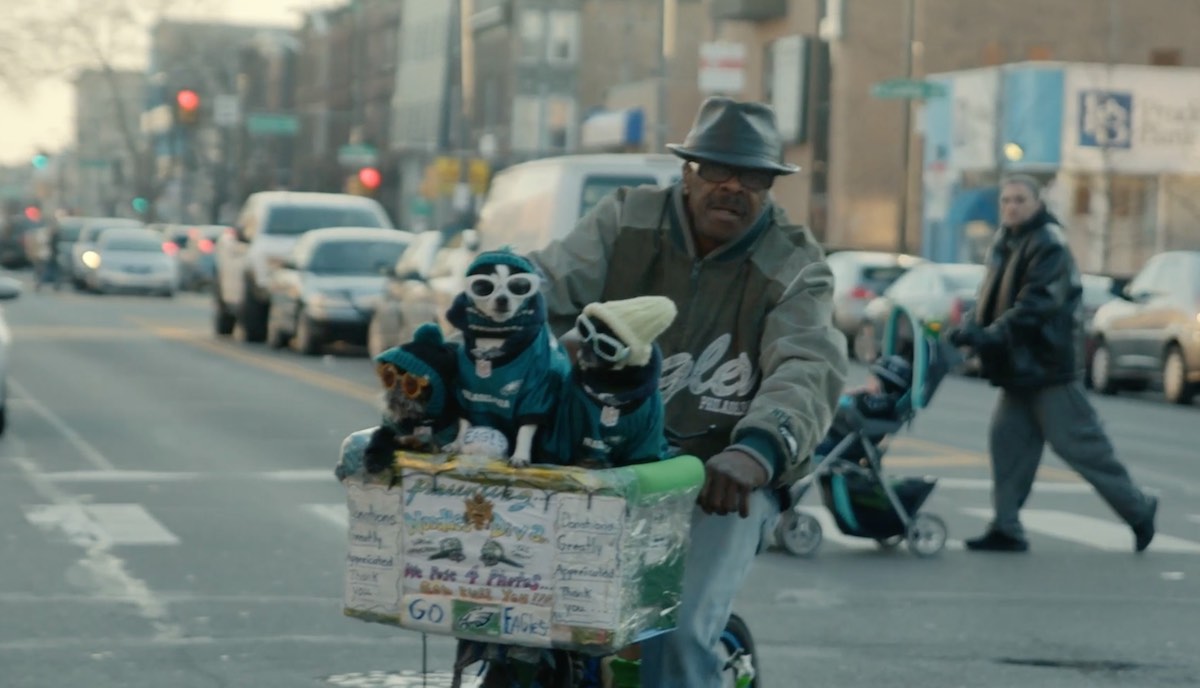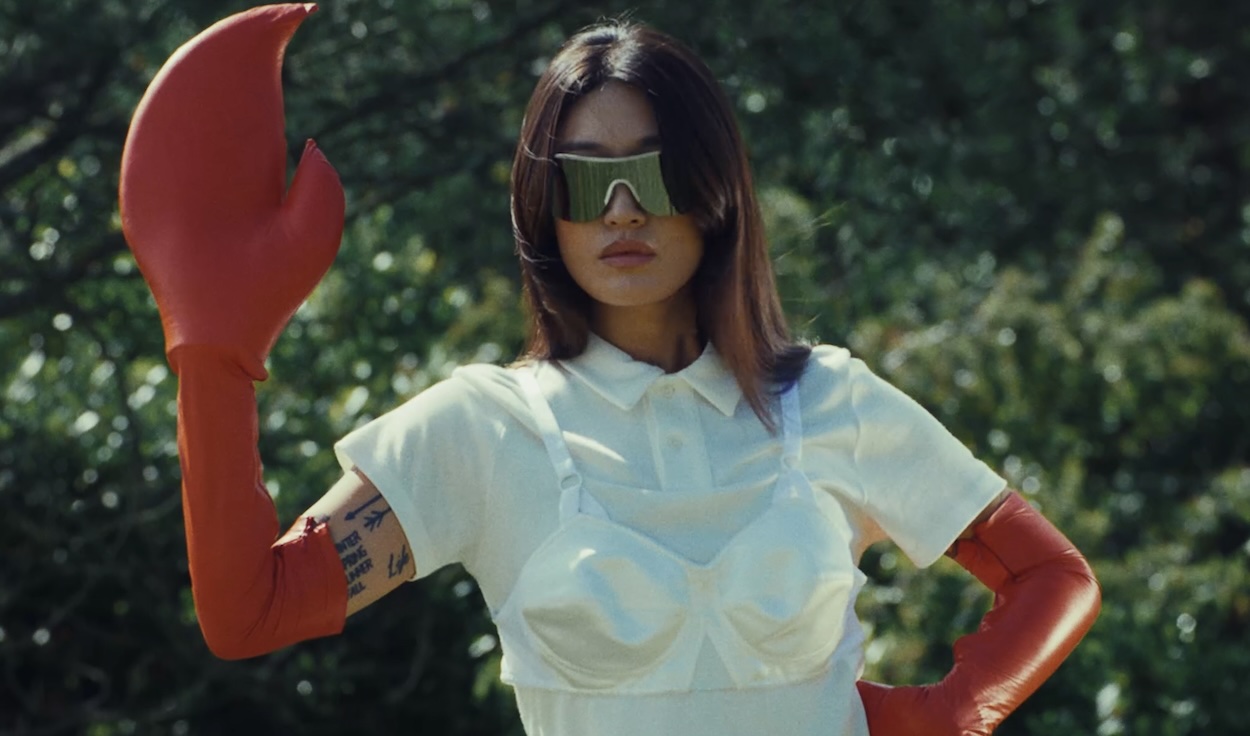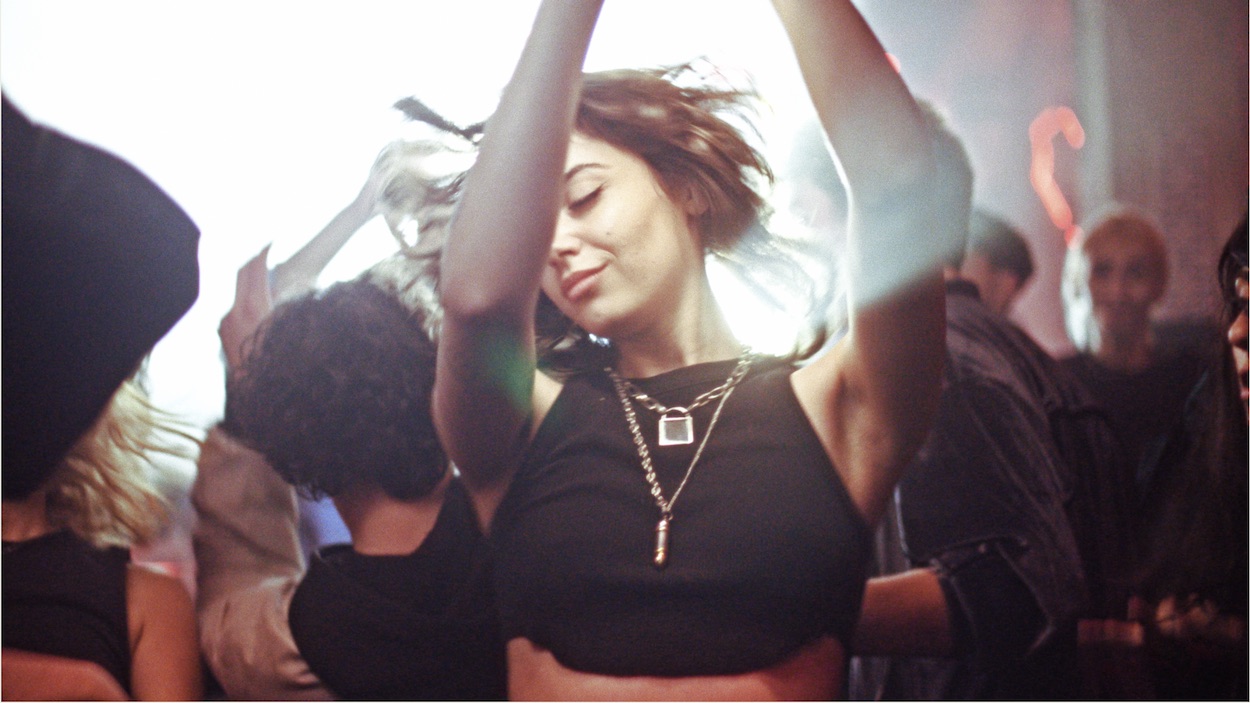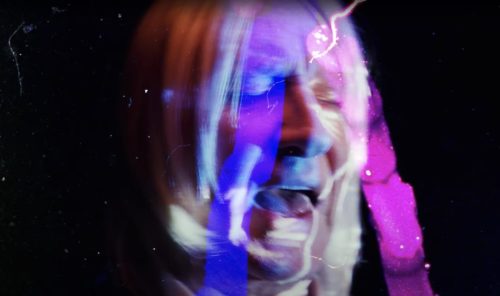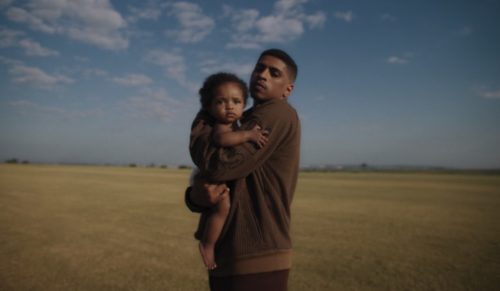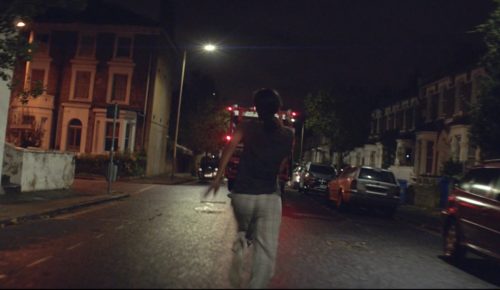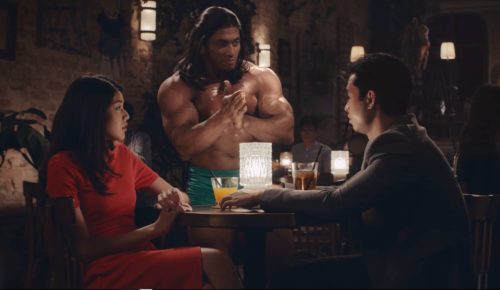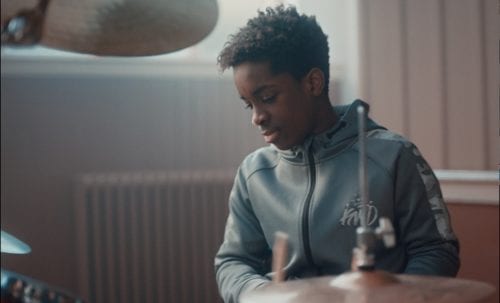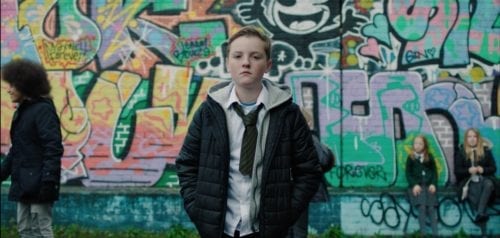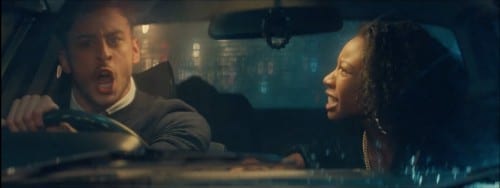Michael Thompson
Your documentary short The Sentence of Michael Thompson is a collaboration with the Last Prisoner Project and Cresco Labs, and will shortly be premiered at SBIFF and SXSW this month. How did you get involved and what drew you to this project? Has your film helped with getting justice for Michael Thompson?
The non-profit The Last Prisoner Project approached me about working together and I connected with Michael and thought we could help. Getting his story out there in the campaign in 2020 amassed tens of thousands of people to write and call Governor Gretchen Whitmer who was in charge of his clemency approval and it made a difference. He was released in January 2021. Since then we helped secure him a job, and he is doing well.
What were the challenges of the production?
One challenge was the magnitude of the story and how long it stretched. Michael’s journey has so many details and the war on cannabis stretches decades. There are so many things wrong with our criminal justice system and what led to over-policing cannabis, it was hard to not want to shed a light on more. Our film is just the surface and we hope that people will check out cannabis justice organisations to learn more.
The Lumineers
What is your method for documentary making – does the story really reveal itself in the edit? Or do you research in detail and nail everything in pre-production?
It reveals itself more in pre-prod than in the edit. A good portion of the work is done in pre-production with research, pre-interviews, and creative conversations. I think you go in with a lot of ideas and questions and you try to connect with the subject and see what they are revealing and allow that to adjust the point of view of the project. The important work happens off-camera.
What do you enjoy about exploring real stories, such as in The Sentence of Michael Thompson? Do you find that there is as much creative freedom in fact as in fiction?
I think a documentary can be whatever you want it to be. With Michael it’s part activist filmmaking but Haley, Ian, and I were always talking about what else it could be and is. Filmmaking is a powerful tool to connect and empathise with one another as well as grow as a creator from experience. It can also be this beautiful cultural artefact. I was watching Streetwise (Martin Bell, 1984) last week and the film says so much about the eighties and the Reagan era without ever touching on it. I think there is an immense amount of creative freedom in choosing the stories and how you tell them.
The Lumineers
Your work is characterised by a grittiness to your storytelling, taking a magnifying glass to the unexplored strata of society, revealing some very strong characters. What do you look for when shooting? How do you make your creative decisions?
I generally look for honesty. We tend to look in the cracks and try to champion stories and characters we find unique. Even something as mainstream as American Football in ‘Maybe Next Year’ we tried to humanise the fans that have been criticised for decades. We spend a lot of time in a place to try to find new people and ideas that change our perspective or story path. Time is the most valuable thing in how I work as some things don’t work out but are important to the process, even if they don’t end up on screen. We live for the rabbit hole.
How do you feel your filmic language has evolved over the years? Do you ever look back at previous work with regret?
I’ve just tried to be a bit more hands-off as I’ve worked more. I try to let things develop on their own instead of touching it. Everyone has regrets but I try to chalk it up to learning and growing… or at least that’s what I tell myself!
You’ve gained recognition for your work on music videos, including 3 shortlist nominations at the UKMVAs. We particularly loved your work for Modest Mouse’s “We Are Between”. What is your creative process for directing music videos – do you usually write your own narratives and how closely do you like to work with the artists?
Every project is different but usually I listen to the song a lot and look at different inspirations. For Modest Mouse I was looking at Mitch Epstein’s “American Power” and thinking about the climate crisis and feeling like we’re between nothing and nothing again. Isaac responded to my work and ideas and we just chatted. Mostly about his bike ride that day and how he ended up on the freeway on his way to a haircut.
Cannondale Synapse, Road Reimangined
Your most recent commercial work was a spot for Cannondale’s Synapse. How much creative freedom were you given on that project? Were you held to a tight script?
A good amount. The creatives wanted me to explore what a ride feels like from a sensory perspective so I got to push that. We tried to bring out all the senses of a bike ride from the noises of the wheel spokes to the feeling of wind in the hair. Brazil is magical and I was lucky to film bits of it.
Did you grow up in a creative environment? Has filmmaking always been the plan for you?
Yes and no. My dad worked with kids in schools who were struggling with behaviour problems and my mom was a stay-at-home mom then a book-keeper at a trucking depot when they got divorced. So they weren’t the artist types but we grew up going to the cinema a lot and placing value on storytelling. They were always making home videos so it felt like creativity was encouraged when they could.
Is there anything else you’d like to mention?
Support The Michael Thompson Clemency Project. Support The Last Prisoner Project.
From Kyle Thrash’s feature, Maybe Next Year
Interview by Becca Nichols
Kyle Thrash is represented by Knucklehead globally.
Kyle Thrash website
Modest Mouse, We Are Between
Director: Kyle Thrash
Executive Producer: Lauren Small
Executive Producer: Cathleen Kisich
Head of Production: Christa Thompson
Head of Music Video: Ore Okonedo
Production: Knucklehead
Rep: Nicole O’Connell
Commissioner: Pia McBain
Producer: Matt O’Connor
Production Manager: Connor Jones
2nd AD: Jared Wong
Director of Photography: Logan Triplett
1st AC: Madison Rowley
2nd AC: Brian Tasker
2nd Unit DP: Charlie Balch Gaffer: Kyle Metzger
Swing: Jim Davis
Key Grip: Chip Ingram
Production Designer: Jordan Kronquist
Set Dresser: Jules Larrouy
Stylist: Rose Mackey
Casting: Cast Iron Studios
HMU: Patty Harding
VTR: Jason Neuman
COVID Compliance: Raina Page
Moho Driver: Jose Carabes
PA: Logan Laurian, Griffin Koerner
Editor: Caitlin Carr
Color house: Irving Harvey
Colorist: Sam Gursky
Producer: Kerry Mack
VFX: TAG
Cannondale Synapse, Road Reimagined
Director: Kyle Thrash
Production company: Knucklehead
The Lumineers, Brightside
Director: Kyle Thrash
NFL, We Ready
Director: Kyle Thrash
Production Company: Synonymous Pictures
Producer: Ian Ross
Associate Producer: Allison Rodgers
Cinematography: Michael Faller
Assistant Camera: Easton Angle
Production Assistant: Devon Voelkel
Production Assistant: Johnny James
Editorial: Hecho Studios
Editor: Stevo Chang
Telecine: Company 3
Colorist: Stefan Sonnefeld
VFX: Method Studios
Senior Producer: Scott Boyajan
Flame Artist: Paul Heagney
Mix: Lime Studios
Senior Producer: Susie Boyajan
Engineer: Rohan Young
Rainbow Kitten Surprise, Hide
Director: Kyle Thrash
Executive Producer: Joaquin Poblete
Producer: Ian Ross
Commissioner: Mandee Mallonee
Production Manager: Lauren Cargo
Director of Photography: Ben Carey
1st Assistant Camera: John-Carlo Monti
Gaffer: Brighton Linge, Spencer Mann
Steadicam: Jordan Marable
Production Assistant: Rosheka Taylor
Production Assistant: Remy Williams
Art Dept Runner: Mandy Torres
HMU: Kimberly Wilson
Background Casting: Lauren Cargo
Consultant: Lily Keber
Editor: Matt Schaff
Colorist: Samuel Gursky @ Irving Harvey
Sound Design: Bobb Barito
VFX: Austin Lepri
